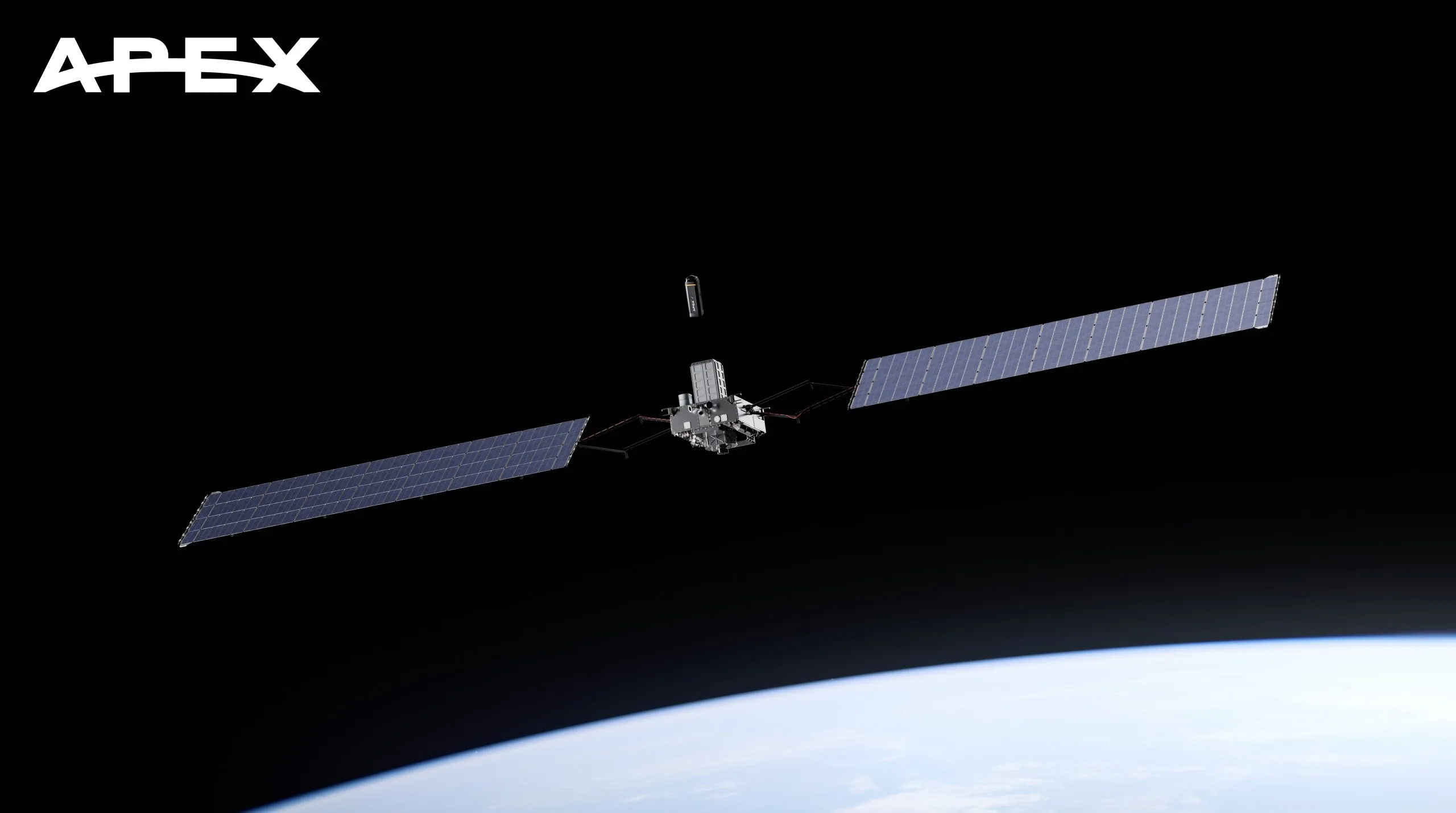Copyright SpaceNews

WASHINGTON — Apex, a Los Angeles-based satellite manufacturing startup, is investing its own capital to demonstrate it can build and deploy interceptors in space for Golden Dome, a planned missile defense system directed by President Trump. The company on Oct. 22 revealed plans to launch a demonstration mission in June 2026 to prove it can design and operate the kind of orbital weapons the Trump administration says will be needed to protect the nation. By pursuing the project without government funding, Apex hopes to show that ambitious defense capabilities can move on commercial timelines, outside of traditional government procurement channels. “This is going to be something that is critically important for the U.S. and our allies,” Ian Cinnamon, Apex’s CEO and co-founder, told SpaceNews. The company plans to invest $15 million in the demonstration of space-based interceptors, called Project Shadow. Why space-based interceptors In January, the White House published an executive order directing development of a multi-layered missile defense architecture that explicitly calls for deploying space-based interceptors to be “proliferated”— not just a handful, but enough to ensure reliable coverage. Existing ground and sea-based missile defense systems are designed to engage threats during midcourse or terminal phases, often after warheads have separated and countermeasures deployed. Space-based interceptors operating from orbit would be positioned to detect launches, receive fire-control commands and respond within seconds — ideally neutralizing missiles before they leave adversary airspace or release additional threats or decoys. Founded in 2022, Apex manufactures three types of satellite buses — the Aries, Nova, and Comet — with payload capacities ranging from 100 to 500 kilograms. For the demonstration, the company will use a Nova bus as its host platform, which the company has named the “orbital magazine.” The orbital magazine will deploy two interceptors in space, each equipped with a high-thrust solid rocket motor. The test will prove the host platform’s ability to environmentally control the interceptors, issue a fire control command and establish an in-space cross-link to transmit updates after deployment. “Closing that cross link is really important,” Cinnamon said. The satellite will use a software-defined radio capable of transmitting and receiving Link-182 messages — a data link standard that the U.S. Space Force has adopted for its future MILNET communications data relay network in low Earth orbit. The interceptors themselves present technical challenges that Apex will seek to solve. Solid rocket motors are difficult to thermally control in the vacuum of space. “So we’re proving out all of that technology,” Cinnamon said. The Nova platform will carry a couple of infrared sensors to track both interceptors once they deploy. But Apex will not be firing these interceptors at any objects. “We’re not going to create space debris. We’re not going to intercept anything in this demonstration,” Cinnamon said. The objective is to prove the spacecraft can release and track the interceptors in the space environment. Apex will deploy the satellite at 500 kilometers above Earth, the altitude where SpaceX typically drops off rideshare satellites for low Earth orbit missions. Cinnamon said he has already briefed the leaders of the Golden Dome program office at the Pentagon about the demonstration. He brought in experts from the defense industry for technical guidance but declined to identify specific corporate partners. The Pentagon’s current missile defense contractors have deep institutional knowledge of interceptor technology. Where they may lack capabilities, however, is in mass production and space deployment at scale. “We can be a really good partner for them as they go after those contracts,” Cinnamon said of Apex’s potential role. Apex recently completed a Series D funding round, securing a valuation exceeding $1 billion and solidifying its status as one of the fastest-growing aerospace startups in the country. Though the company has launched only one satellite to date, in 2024, Cinnamon said orders are being filled for commercial and government customers, including the U.S. Space Force. He emphasized that Apex’s manufacturing approach allows it to ramp production up or down based on demand. “It’s all about the ability to go hit that number and the ramp rate to get to that number, as opposed to just producing satellites and having them sit on the shelf,” he said. “We already have a lot of customers … and we have a nice, healthy backlog.” With regard to Golden Dome, there is still uncertainty surrounding how it will actually be built and bought. “We’re finally at a point in time where all of the technology needed to do space-based interceptors is available,” Cinnamon said. “It’s all disconnected, but it’s all available. We have boosters, we have seekers, we have kill vehicles, we have satellites.” The challenge now, he added, is integration and scaling. “I don’t know how the government’s going to procure this, or how the money will flow.”



